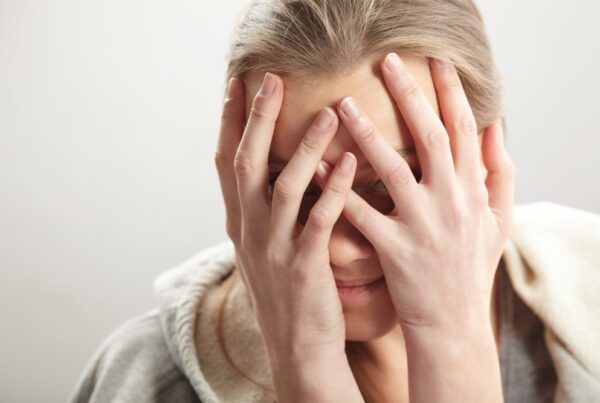Anxiety is a normal reaction to stress. Anxiety disorders, however, involve excessive feelings of nervousness, anxiousness, fear and anxiety. Anxiety disorders are highly common. There are currently five different types of anxiety disorders. They include the following: generalized anxiety disorder (GAD), obsessive-compulsive disorder (OCD), panic disorder, post-traumatic stress disorder (PTSD) and social anxiety disorder (also known as social phobia). Social anxiety disorder (SAD), is listed in the Diagnostic and Statistical Manual of Mental Disorders, Fifth Edition (DSM-5) as a chronic mental health condition. The National Institute of Mental Health (NIH) explains that social anxiety disorder is “characterized by persistent fear of one or more social or performance situations in which the person is exposed to unfamiliar people or to possible scrutiny by others.” An individual with social anxiety disorder will experience a stronger and more intense sense of anxiety surrounding uncomfortable social situations than someone without SAD. However, with proper treatment, an individual can learn to effectively manage the symptoms of his or her social anxiety disorder.
Signs and Symptoms
The symptoms that can manifest with social anxiety disorder can be debilitating and interfere with one’s ability to function optimally in his or her daily life. Every individual is unique and will have his or her own set of challenges with regards to social anxiety. Common examples of signs and symptoms that an individual with SAD may exhibit could include any combination of the following, provided by the Mayo Clinic:
- Excessive worry and/ or fear
- Muscle tension
- Blushing
- Sadness
- Crying
- Nausea
- Agitation
- Fast heartbeat
- Sweating
- Irritability
- Shaking
- Poor eye contact with others
- Low self-esteem/ low self-worth
- Dizziness or lightheadedness
In addition to the above, people with social anxiety disorder may have frequent self-deprecating thoughts and/ or constant thoughts of inadequacy. It is important to note that social anxiety disorder symptoms can change over time.
Treatment In LA
In order to obtain the most effective treatment, it is imperative for an individual to be thoroughly evaluated and obtain an accurate diagnosis from a qualified mental health professional. There are many treatment options available in Los Angeles, California for an individual diagnosed with SAD. Every person is different and will require a customized treatment plan, as each will respond distinctly to various treatment options.
There are a number of factors that go into creating a treatment plan for an individual with social anxiety disorder. It is not uncommon for medication to be incorporated into one’s treatment plan in conjunction with psychotherapy. There are several different types of Selective Serotonin Reuptake Inhibitors (SSRIs) that are often prescribed for individuals with SAD. Some of the common SSRIs that are often prescribed for social anxiety disorder include Lexapro (escitalopram oxalate), Zoloft (sertraline), and Prozac (fluoxetine). Some the therapeutic modalities that are regularly utilized by mental health clinicians in Southern California, during treatment for social anxiety disorder, include talk therapy, expressive arts therapy, cognitive behavioral therapy (CBT), and/ or dialectical behavior therapy (DBT). In most cases integrating a combination of both psychotherapy and medication into one’s treatment plan yields the most successful long-term results.
Disclaimer:
The information above is provided for the use of informational purposes only. The above content is not to be substituted for professional advice, diagnosis, or treatment, as in no way is it intended as an attempt to practice medicine, give specific medical advice, including, without limitation, advice concerning the topic of mental health. As such, please do not use any material provided above as a means to disregard professional advice or delay seeking treatment.




